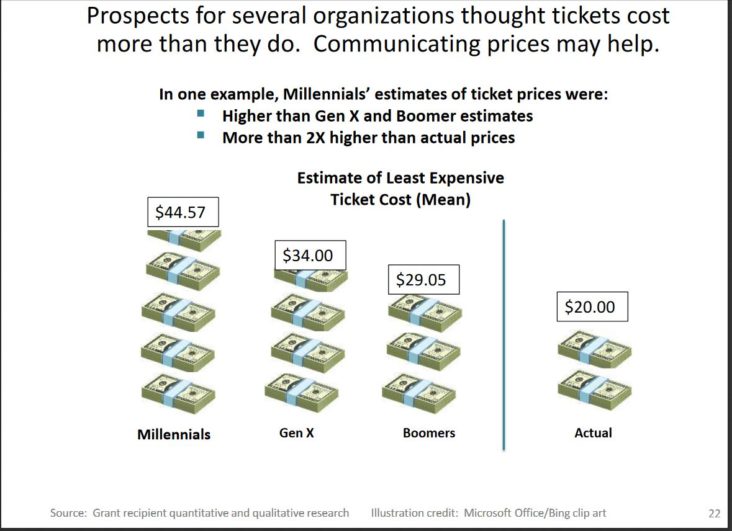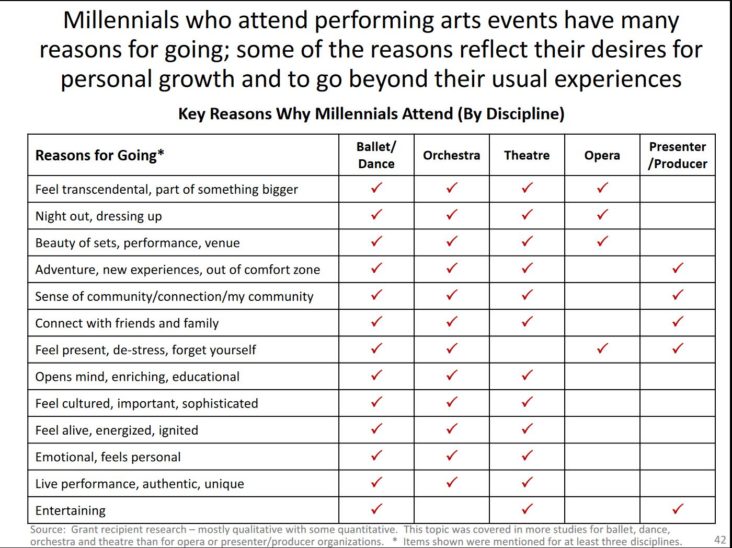For two-three years now I have regularly revisited the situation where generally people have an easier time identifying themselves as a participant in a sport than as an artist.
Earlier this month, I came across an interview with the retiring executive director of the Perry (PA) County Council of the Arts who explicitly says he didn’t view himself as an artist until he had served as executive director for awhile.
Nine years ago, Roger Smith didn’t consider himself an artist when he became executive director of the Perry County Council of the Arts (PCCA). He had been a businessman and nonprofit executive in his former careers, but never saw his hobby as art.
When people would ask him about his experience, he’d say he wasn’t an artist, but he was a woodworker. He couldn’t connect the two things in the abstract, Smith said.
Being immersed in the local arts community over the years changed his perception. “I’ve developed an affinity for the creative process, and PCCA honors creativity in all its forms.”
While my first impulse was to shake my head and sigh about how much work needs to be done if even the director of an arts council doesn’t view themselves as creative, I do remember that it wasn’t long ago that the “is it art or craft?” conversation was pretty common. (Maybe it still is and I am not on the distribution list.) I never saw or heard a discussion that made a definitive distinction.
As the manufacture and design of things moves toward greater degrees of autonomous automation, I wonder if it isn’t time to open the clubhouse doors to anyone who employs varying intent and judgement in their expressive process and forget about labels.
(Basically, I tried to find a definition that excludes mass production while allowing for the use of identically mass produced pieces configured in some intentional way. If you have a better approach, fire away.)
The other thing is, no leader of an arts council is likely to have comprehensive knowledge of all possible modes of creativity. Ideally, learning new things about arts and culture will enrich their tenure in the position. It would have really been an issue if the retiring executive director still didn’t consider himself to be creative after 9 years on the job.
This is not to say we shouldn’t endeavor to have every person who stands up to talk about creative expression do so with the foreknowledge that they, and everyone they are addressing, have the capacity to be creative/artistic. I am actually pretty encouraged to see that the newspaper reporter opened the article on this idea.




Thanks for what you are doing to bring cultural change to the arts. It is so important to represent everyone.…